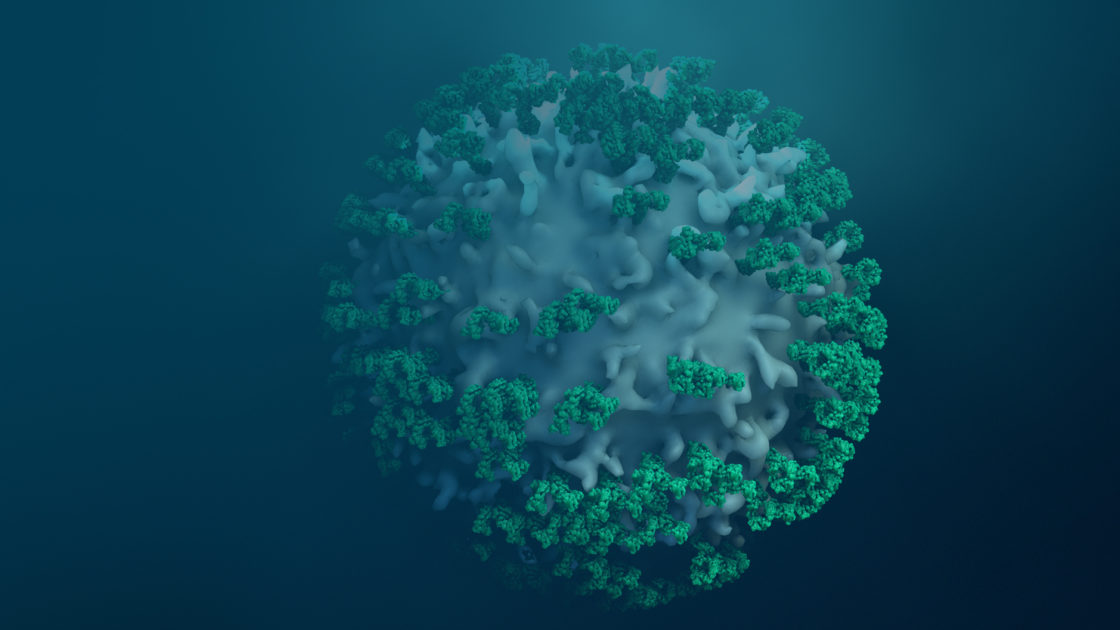
PAM50 Signature (RUO)
Helping Your Research
NanoString’s RUO PAM50 gene expression signature can be used to generate data for Breast Cancer subtyping analysis and Risk of Recurrence (ROR) scores. The 50-gene PAM50 signature measures a gene expression profile that allows for the classification of breast cancer into four biologically distinct intrinsic subtypes while simultaneously generating data to determine the prognostic ROR score.
When used with the nCounter® platform, the signature has proven performance with RNA extracted from FFPE breast carcinoma. The signature can be purchased in many different product formats including Custom CodeSet, a prebuilt Breast Cancer 360™ Panel or as a Plus Product spike-in to any panel or Custom CodeSet.
The RUO PAM50 Assay At Work
The PAM50 Signature
The RUO PAM50 gene expression signature contains probes for the 50 genes as well as 8 reference genes. The 50 genes were selected to optimize the accuracy of identification of all 4 breast cancer subtypes and the development of the signature was performed using more than 500 archived FFPE samples (Wallden BMC Med Gen, 2015).
PAM50 Subtypes:
- Luminal A: Typically ER+ and characterized by lower proliferation and lower risk of recurrence after primary treatment
- Luminal B: Typically ER+, but characterized by higher proliferation and higher risk of recurrence after primary treatment
- HER2-Enriched: Majority Her2+, but can be ER+ or ER- and characterized by a higher risk of recurrence
- Basal-like: Typically ER-/Her2- and characterized by a higher risk of recurrence
Prosigna Score / ROR Score:
The ROR Score has been validated to predict the risk of recurrence of disease in ER+ breast cancer after surgery and treatment with 5 years of endocrine therapy. The ROR score depends upon the biology of the intrinsic subtypes, the proliferation score of the tumor, and the tumor size as shown in the equation below:
ROR = aRLumA + bRLumB + cRHer2 + dRBasal + eP + fT
Each of the R variables in the equation above indicate the Pearson correlation coefficient of the PAM50 expression profile for the tumor compared to each of the prototypical centroids for the intrinsic subtypes shown in the heatmap below. P is the proliferation score, which is the average gene expression profile of genes associated with cell-cycle progression and T is the tumor stage.

Product Specifications
Catalog Information
The PAM50 Data Analysis Report
PAM50 intrinsic breast cancer subtypes used in the PAM50 Single Signature Data Analysis Report defines 4 prototypical subtypes: Basal, Her2-Enriched, Luminal A and Luminal B. The clinical and prognostic characteristics of these subtypes have been extensively studied. If clinical tumor size is provided, the PAM50 report will also include the Risk of Recurrence (ROR) score. Note that the PAM50 signature is also included in the Breast Cancer 360™ Data Analysis Report, which is generated using the nCounter Breast Cancer 360 panel.

Publications & Posters
Analytical validation of the PAM50-based Prosigna Breast Cancer Prognostic Gene Signature Assay and nCounter Analysis System using Formalin-fixed paraffin-embedded breast tumor specimens
Supervised risk predictor of breast cancer based on intrinsic subtypes
PURPOSE To improve on current standards for breast cancer prognosis and prediction of chemotherapy benefit by developing a risk model that incorporates the gene expression-based “intrinsic” subtypes luminal A, luminal B, HER2-enriched, and basal-like. METHODS A 50-gene subtype predictor was developed using microarray and quantitative reverse transcriptase polymerase chain reaction data from 189 prototype samples.
Development and verification of the PAM50-based Prosigna breast cancer gene signature assay
Comparison of PAM50 Risk of Recurrence Score With Oncotype DX and IHC4 for Predicting Risk of Distant Recurrence After Endocrine Therapy
Identifying clinically relevant prognostic subgroups of postmenopausal women with node-positive hormone receptor-positive early-stage breast cancer treated with endocrine therapy: a combined analysis of ABCSG-8 and ATAC using the PAM50 risk of recurrence score and intrinsic subtype
Background: In the adjuvant treatment of hormone receptor-positive (HR+) breast cancer, variables like tumour size, grade and nodal status have great impact on therapy decisions. As most node-positive patients with HR+ breast cancer currently receive adjuvant chemotherapy improved methods for characterization of individuals’ metastasis risk are needed to reduce overtreatment.
PAM50 Risk of Recurrence Score Predicts 10-Year Distant Recurrence in a Comprehensive Danish Cohort of Postmenopausal Women Allocated to 5 Years of Endocrine Therapy for Hormone Receptor-Positive Early Breast Cancer
Prediction of late distant recurrence after 5 years of endocrine treatment: a combined analysis of patients from the Austrian breast and colorectal cancer study group 8 and arimidex, tamoxifen alone or in combination randomized trials using the PAM50 risk of recurrence score
Purpose: We have previously shown that the PAM50-based risk of recurrence (ROR) score is significantly correlated with distant recurrence in both the translational research cohort within the Arimidex, Tamoxifen Alone or in Combination (ATAC) trial (TransATAC) and Austrian Breast and Colorectal Cancer Study Group 8 (ABCSG 8) randomized trials. Here, we focus on the ROR score for predicting distant recurrence after 5 years of follow-up in a combined analysis of these two randomized trials.
Request a Quote
Contact our helpful experts and we’ll be in touch soon.



